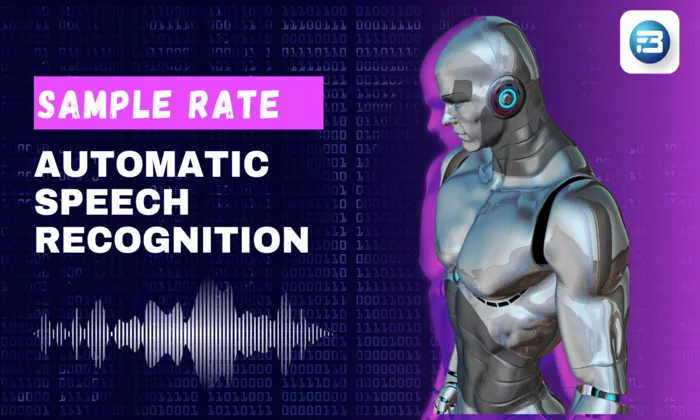What are emerging industry standards for in-car speech dataset quality?
Speech Recognition
In-Car Systems
Dataset Quality
In-car speech technology is redefining how we interact with vehicles, enabling hands-free control and personalized experiences. The quality of the in-car speech datasets used to train these AI systems is crucial for ensuring robust performance in diverse, real-world scenarios. By understanding the emerging industry standards for dataset quality, AI engineers, researchers, and product managers can develop superior solutions that meet operational needs and customer expectations.
Defining In-Car Speech Datasets
An in-car speech dataset consists of audio recordings captured in vehicle interiors, featuring interactions from drivers and passengers under various driving conditions. These datasets are pivotal for training applications such as voice-controlled infotainment systems and driver assistance technologies. Their quality directly influences the AI's ability to understand and respond to diverse user inputs amidst the acoustic challenges of a moving vehicle.
Why Dataset Quality Matters
- Impact on Model Performance: The success of automatic speech recognition (ASR) and natural language understanding (NLU) models hinges on the quality of training data. High-quality datasets enable AI systems to generalize effectively across different acoustic environments, reducing error rates and building user trust. Conversely, datasets lacking diversity or realism can result in biased models that underperform in actual use.
- Real-World Relevance: Vehicles present unique acoustic challenges with noises from engines, road surfaces, and passenger interactions. Capturing these conditions in datasets is essential for AI models to function accurately in real-world settings. A study highlights that ASR systems trained on noise-rich datasets outperform those trained on cleaner data, underscoring the importance of realistic acoustic diversity.
Key Standards for In-Car Speech Dataset Quality
Diverse Acoustic Conditions
High-quality datasets must reflect a variety of real-world scenarios:
- Environmental Factors: Recordings should include conditions with windows open/closed, varying air conditioning levels, and background music.
- Vehicle Types: Data should be collected from different car models and engine types to capture diverse noise profiles.
Speaker Demographics
Inclusive datasets incorporate speakers of different ages, genders, and accents. This diversity ensures AI models can recognize a wide range of speech patterns, crucial for applications like family-oriented AI systems that need to understand voices of all ages, including children.
Rich Annotation Practices
Comprehensive annotations enrich datasets:
- Speaker Demographics: Information on age, gender, and dialect.
- Speech Context: Intent labels, emotional markers, and command types.
- Environmental Noise: Labels detailing background sounds like rain or engine noise.
These annotations facilitate nuanced model training and evaluation.
Quality Audio Formats
Datasets should use high-quality audio formats, such as WAV at 16kHz or 44.1kHz, ensuring clarity and fidelity for ASR tasks. The choice between stereo and mono should align with specific application needs.
Comprehensive Metadata
Each audio sample should include metadata such as:
- Microphone Placement: Details on mic distance and location, impacting sound capture.
- Environmental Conditions: Contextual data like time of day and driving conditions.
This metadata allows for targeted analysis and model refinement.
Addressing Common Challenges
Overcoming Bias: A key risk is dataset bias from homogeneous sources, leading to models that struggle with diverse accents or speech patterns. Curating datasets that accurately reflect the user base is vital.
Ensuring Annotation Accuracy: Reliable annotations are crucial. Robust quality checks and crowd-sourced platforms can enhance annotation accuracy, improving training outcomes.
Real-World Applications & Use Cases
Emerging standards in dataset quality have tangible impacts:
- Luxury Electric Vehicles: A luxury EV brand trained a multilingual voice assistant with a diverse in-car speech dataset, enhancing user satisfaction and reducing error rates.
- Autonomous Taxis: An autonomous taxi service improved emotion recognition by using datasets with high-traffic condition recordings, enhancing passenger interactions.
- Tier-1 OEMs: A leading automotive supplier utilized custom datasets for specific vehicle models, optimizing navigation and infotainment commands for a better user experience.
The Path Forward
As in-car speech technology evolves, aligning dataset quality with industry standards is crucial. By focusing on acoustic diversity, speaker representation, and rigorous annotation practices, AI engineers and product managers can develop systems that excel in real-world conditions.
For organizations aiming to leverage high-quality in-car speech datasets, FutureBeeAI offers expert data collection and annotation services to drive innovation in your AI projects. Embrace the future of automotive technology with data that sets the benchmark for performance and user satisfaction.
What Else Do People Ask?
Related AI Articles
Browse Matching Datasets
Acquiring high-quality AI datasets has never been easier!!!
Get in touch with our AI data expert now!








